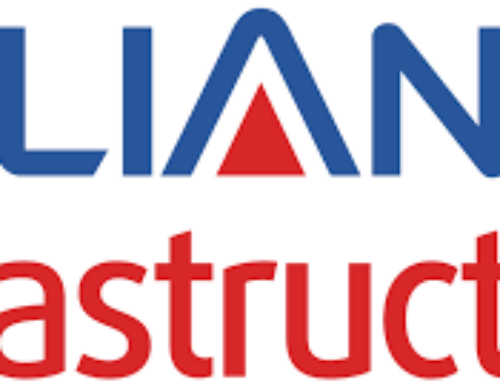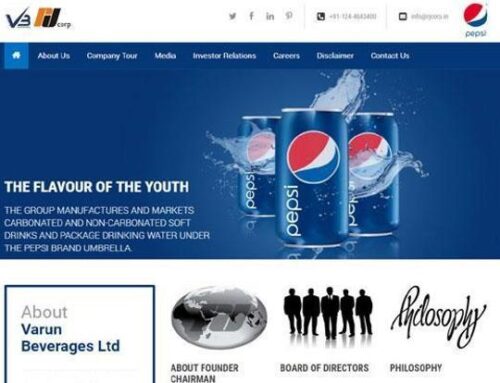Industry Profile: India is the largest provider of generic drugs globally. Indian pharmaceutical sector industry supplies over 50 percent of global demand for various vaccines, 40 percent of the generic market in the US, and 25 percent of all medications in the UK.
India enjoys an important position in the global pharmaceuticals sector. The country also has a large pool of scientists and engineers who have the potential to steer the industry ahead to an even higher level. Over 80 percent of the antiretroviral drugs used globally to combat AIDS (Acquired Immuno Deficiency Syndrome) are supplied by Indian pharmaceutical firms. The pharmaceutical sector was valued at US$ 33 billion in 2017. The country’s pharmaceutical industry is expected to expand at a CAGR of 22.4 percent over 2015–20 to reach US$ 55 billion. India’s pharmaceutical exports stood at US$ 17.27 billion in 2017-18 and are expected to reach US$ 20 billion by 2020. Indian companies received 304 Abbreviated New Drug Application (ANDA) approvals from the US Food and Drug Administration (USFDA) in 2017. The country accounts for around 30 percent (by volume) and about 10 percent (value) in the US$ 70-80 billion US generics market. India’s biotechnology industry comprising bio-pharmaceuticals, bio-services, bio-agriculture, bio-industry, and bioinformatics is expected to grow at an average growth rate of around 30 percent a year and reach US$ 100 billion by 2025. Biopharma, comprising vaccines, therapeutics, and diagnostics, is the largest sub-sector contributing nearly 62 percent of the total revenues at Rs 12,600 crore (US$ 1.89 billion).
Company Profile: It is a pharmaceutical company headquartered in Mumbai, India. It was founded in 1977 by Gracias Saldanha as a generic drug and active pharmaceutical ingredient manufacturer; he named the company after his two sons. The company initially sold its products in India, Russia, and Africa. The company went public in India in 1999 and used some proceeds to build its first research facility.
The company is not like an ordinary Indian pharmaceutical company but a research-driven company. It is developing New Chemical Entity and a New Biological entity. It focuses on manufacturing products across therapeutic dermatology, respiratory, and oncology areas. Its active pharmaceuticals ingredients (API) business spans over 80 countries, including the United States, Europe, Japan, and Canada regulated markets. Its products are primarily marketed in the United States and Western Europe. It has over 40 countries and operates approximately 20 manufacturing facilities in over five countries. In addition, it runs over five research and development (R&D) centers.
Shareholding Pattern: Six promoter entities hold 46.54%. Mutual Funds save 4.01%. Financial Institutions save 2.74%. Foreign investors have 30.61%. The general public owns around 16%.
Financials and ratios : [table id=149 /]
Future prospectus: Pharma sector was going from pain, and so was the company, but the industry is showing a revival. India is primarily a generic drug manufacturer. With the thought that as many drugs and chemicals and medicines are going out of patent, the pharmaceutical sector in India will become more like a commodity to keep the business alive. So the promoter starts a research-oriented company. And now it is paying out as company ROE, and other fundamentals look good. Recent IPO Glenmark life was one big part.




